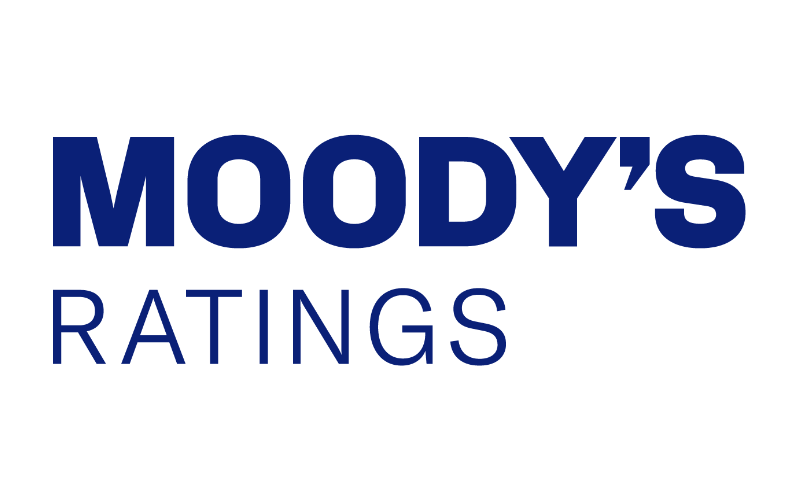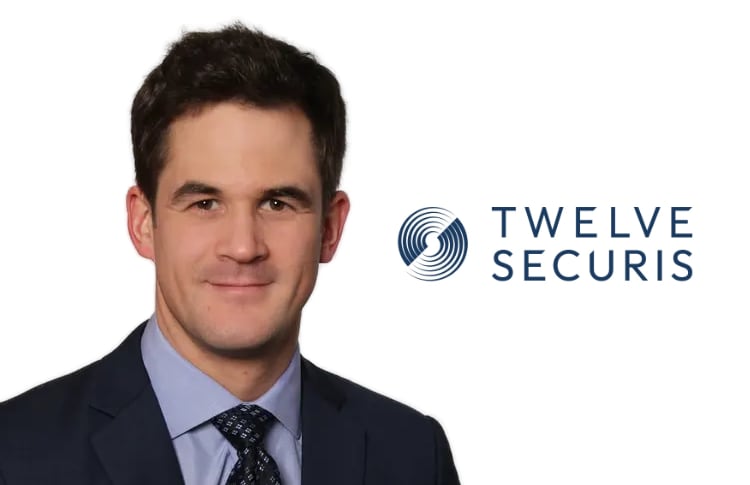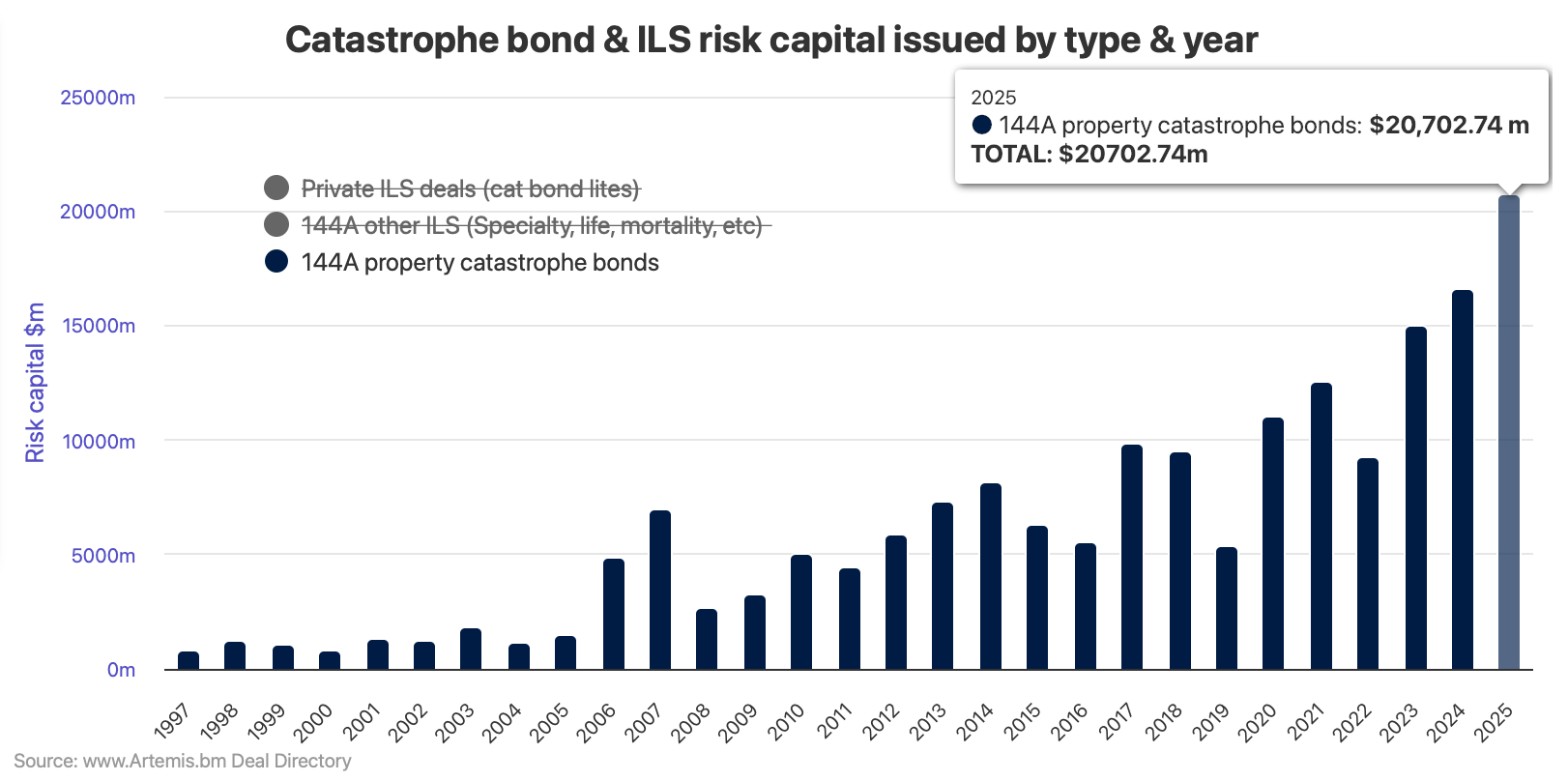
One of the questions a commercial lines underwriter hears most is, “Is your umbrella follow-form?” Basically, will it only increase the limits of my current coverage (follow-form), or will it also offer some additional coverage (umbrella)? Of course, the answer varies depending on the carrier and form being used.But why does it matter? What is the real difference between an umbrella policy and an excess (or “follow-form”) policy? To answer how they’re different, let’s start with how they are alike.Both usually include a per occurrence and an aggregate limit (often the same), and the limits on both typically start at $1,000,000 and increase by $1,000,000 increments.
Both forms usually include a schedule of underlying insurance (known as primary policies).The limits on both an umbrella and an excess policy apply after primary limits are exhausted.For example, an employee driving a company vehicle hits a building and causes property damage.
If the amount of the damage exceeds the liability limit on your commercial auto policy, that is when an umbrella or excess policy would come into play.The two policy forms are similar enough that people (even those in the industry) often use the terms umbrella and excess interchangeably.But there are some big differences.
An excess policy offers no coverage not found in the underlying policies.A policy (like a commercial auto) must be scheduled in order for the excess policy to respond to a claim; and that claim had to have been covered under the terms of the underlying policy.An umbrella policy can do the same thing – but it also has distinct terms and conditions that can respond to claims not covered by the underlying policy.
When this happens, a self-insured retention (SIR) applies (a typical SIR is $10,000).The policy would respond after the insured has spent the SIR.The policy can respond either when a primary policy is not scheduled, or when the coverage doesn’t exist.
Going back to our example, let’s assume our commercial auto policy had a liability limit of $500,000, and the property damage was worth $750,000.The commercial auto policy covered the claim and paid the policy limit.In this case, both an excess and umbrella policy with a $1,000,000 limit would offer coverage for the additional $250,000 in liability.
Now, let’s assume that the claim wasn’t covered.Maybe the commercial auto policy only covers liability for scheduled vehicles and the insured forgot to report a new car was added.Or maybe the driver is excluded from the policy.
In either case, the excess form would not respond because there was no coverage on the underlying.The umbrella, however, may have some coverage available, assuming the insured pays out the SIR.Side Note: An SIR is also different than a deductible.
An SIR is money that the insured must have spent before the carrier will handle a claim.The carrier has no involvement in defense, investigation, anything until the SIR is satisfied.Most umbrella policies will have an SIR of at least $10,000.
While excess policies do not have an SIR, they can have a deductible.The difference being the carrier still investigates and defends the claim from the first dollar; the insured is responsible for the deductible portion of any payments made.So which is better? Excess policies are often less expensive because the coverage is more defined.
Excess policies also don’t require the SIR, which is an out-of-pocket expense some insureds are not able to handle.Umbrella policies can offer an added layer of coverage, but may do so at an unnecessary expense, especially for a business that has proper underlying coverage in place.It’s always a good idea to talk to your agent about what makes the most sense for your business! Also, I wanted to share this informative Commercial Umbrella video.
The information above is of a general nature and your policy and coverages provided may differ from the examples provided.Please read your policy in its entirety to determine your actual coverage available.Share this:FacebookTwitterLinkedInMoreEmailPrintLike this:
Publisher: Central Insurance Companies








